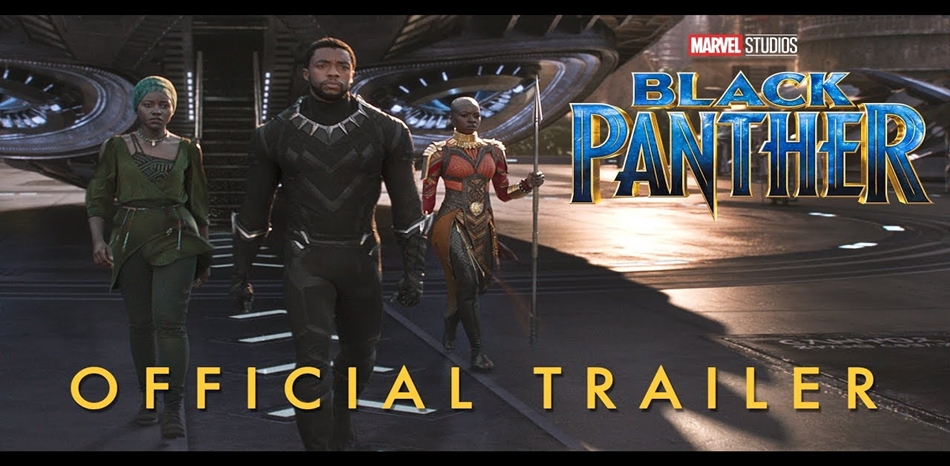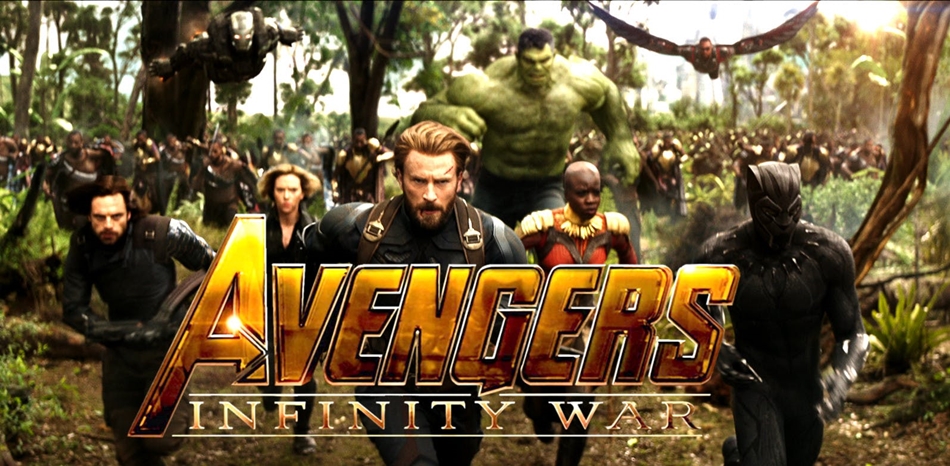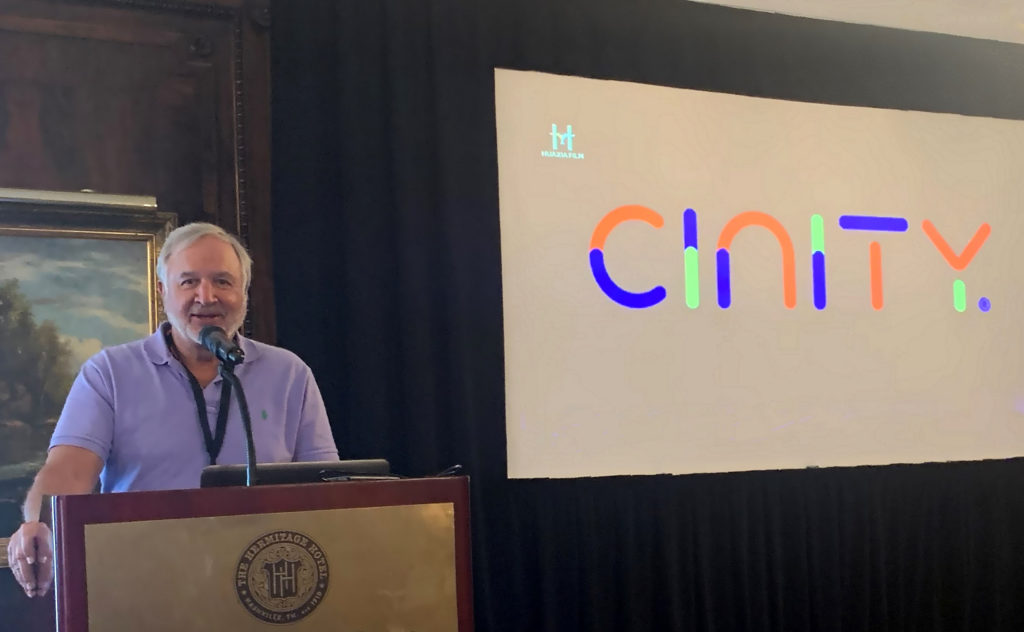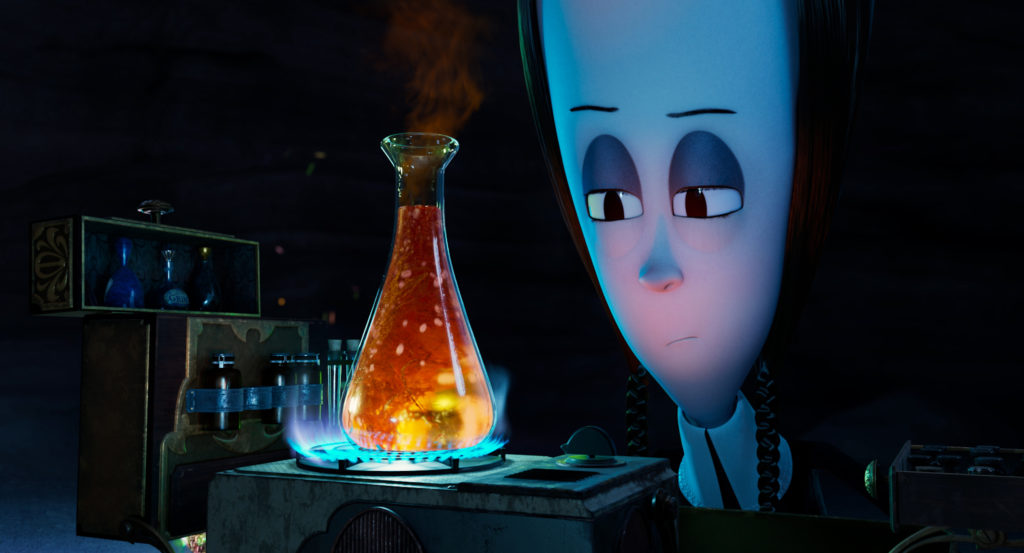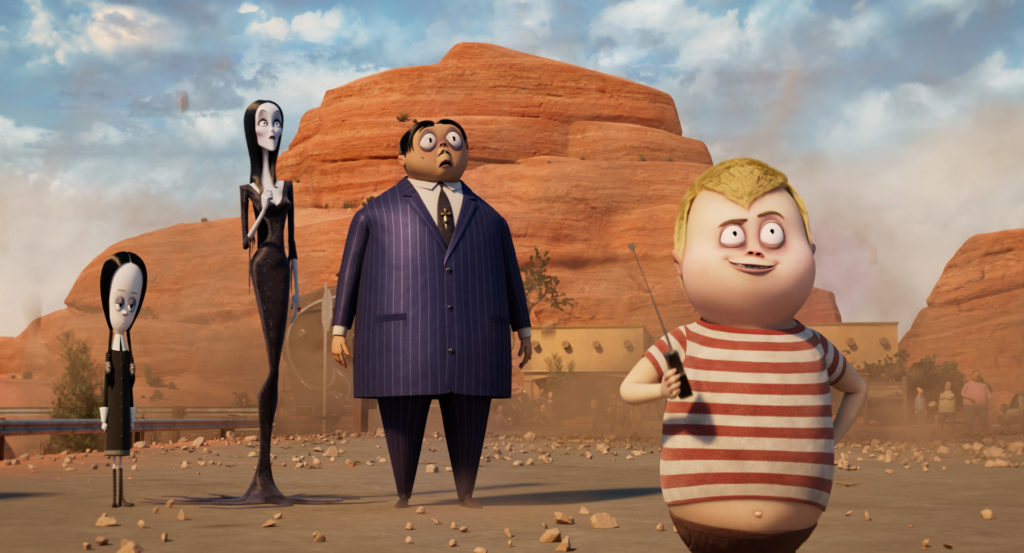This October’s box office has often been circled on the calendar as the start of the next phase in domestic box office recovery. With the month officially beginning this weekend, the time has come for Venom: Let There Be Carnage, The Addams Family 2, and The Many Saints of Newark to begin making that important impression on moviegoers and the industry at large as 2021 enters its final quarter.
Sony’s Venom sequel is the obvious frontrunner commanding the lion’s share of attention this weekend. Following multiple delays during the course of the pandemic, few movies have been shuffled around the calendar as many times as the anticipated follow-up to one of 2018’s autumn breakouts.
As discussed in our recent analysis, Venom scored a then-October-record $32.5 million opening weekend and crushed all expectations as part of one of the strongest fall box office slates in history. The Tom Hardy-franchise is back with a core younger demographic to drive it, a crucial audience that has represented a high share of returning patrons at cinemas during the pandemic rebound.
Comparisons are still limited, but Let There Be Carnage has been trending strong in the final days before release. Combined social media impressions and pre-sale gauges have the Sony sequel far ahead of the pace of August’s The Suicide Squad (which opened to a disappointing $26.2 million), while not far behind that of Shang-Chi and the Legend of the Ten Rings. The latter, of course, has been a bastion of the post-summer market following a Labor Day record $75.4 million three-day opening and subsequently strong chase weekends.
Carnage is also comparable to this year’s F9 in some ways. The latter franchise has been known to pace more back-loaded in audience interest and pre-sale activity relative to many comic book franchises. However, the first Venom was an outlier in that regard itself thanks to diverse audience appeal of a makeup slightly different from Marvel Cinematic Universe movies. (Remember: Venom is part of Sony’s off-shoot Marvel franchise and, to this point anyway, has no substantial connection to the Disney & Marvel Studios franchise.)
Whether that back-loaded and casual audience turnout plays a factor again with Carnage, or if it proves to behave more in line with a typical comic book sequel, is one of the few remaining questions. Reviews had also been a question with an embargo in place until two days before opening, but the sequel is standing at 74 percent from 53 reviews on Rotten Tomatoes as of early Thursday afternoon. Of this film’s many strengths, appeal to young male audiences is on fire — a crowd the first film dominated with via a 60 percent gender split, coupled with an overall 71 percent under-25 demographic breakdown.
The first Venom was more of a crowd-pleaser than a critics’ darling, but it was also front-loaded in its box office run with considerably less competition in later weekends than Carnage will face. The trade-off this time, though, is the long awaited first appearance of Carnage, played by Woody Harrelson, a very popular character within comic book fandom.
In terms of tracking against the predecessor itself, Carnage is expectedly not quite at the same level but seems to be retaining a large block of the target audience interest that boosted Venom. Of note, the first film had an inflated Sunday due to Indigenous Peoples’ Day landing on Monday, meaning an extended weekend for teens in grade school. That won’t be the case this time as the holiday will land one week later on October 11.
With all of that in mind, however, it’s been nearly one full month since audiences had a brand new, widely appealing tentpole film to draw them to theaters. That should play to Carnage‘s favor in a major way this weekend despite the road ahead, including direct competition from films like No Time to Die (October 8), Halloween Kills (October 15), and Dune (October 22).
Sony is distributing the sequel at 4,225 domestic theaters, including all IMAX and Premium Large Format screens. Previews begin Thursday at 4 P.M., one hour earlier than the first film’s start time three years ago this same weekend. It will also be exclusive to movie theaters, marking yet another advantage for box office performance.
For a welcome change of pace, this weekend sees two other nationwide releases as counter-programmers to the main comic book sequel event. It’s arguably the most mainstream-friendly variety the industry has seen from a collection of new releases during the pandemic so far and is likely to rival or outperform the doubleheader of A Quiet Place Part II and Cruella over Memorial Day weekend.
Up first, United Artists Releasing is sending The Addams Family 2 to theaters in a day-and-date strategy that also sees the animated sequel streaming as a paid PVOD option at home. The latter move was only made in recent weeks as it became clear that parents and adult women remain the most cautious returning to theaters, in large part because children under the age of 12 aren’t yet eligible for vaccines. That’s obviously Addams’ core crowd, so any comparisons to the previous film’s $30.3 million opening weekend two years ago aren’t particularly useful or valid here.
Nevertheless, The Addams Family 2 is trending relatively well compared to recent animated releases. For parents and kids who are choosing to safely return to cinemas, the sequel presents one of the very few family options in the market lately. Brand awareness and a lack of competition helped Paramount’s PAW Patrol: The Movie beat expectations late in the summer with a $13.2 million debut (despite Regal not screening the film at its theaters) after the likes of The Boss Baby: Family Business and Peter Rabbit 2: The Runaway captured similar box office results earlier in the summer.
Those are the most apropos comparison points for the Addams follow-up, but pent-up demand and increasing comfort level of audiences since those releases could arguably help it come in on the high end of expectations — especially with Halloween season in full swing as October begins.
Warner Bros. is also back at it this weekend with their prequel to The Sopranos series, The Many Saints of Newark.
As another day-and-date SVOD release, though, expectations have significantly diminished from what they once were. After the likes of Downton Abbey and Black Mass proved successful at the fall box office while courting a similar adult viewer base, recent Warner Bros. performances from Cry Macho, Reminiscence, and Those Who Wish Me Dead have shown that the target older audience has been opting to watch these movies for free at home on HBO Max.
Newark could outperform those films just by nature of being part of a well-known and respected intellectual property, but otherwise, its impact is increasingly expected to be diminished considering its based on a series fans already spent years dedicating to watch on their television screens.
Elsewhere this weekend, Lionsgate and Kingdom Story Company will release The Jesus Music at 249 locations, a film that has shown solid pre-sales signs in recent days, while NEON will open Titane at 562 theaters. Both, particularly the former, are contenders to crack the top ten this weekend.
Overall, the coming frame figures to be one of the busiest of the pandemic era yet. Only three weekends since March 2020 have exceeded $90 million combined at the box office, those being Labor Day weekend for Shang-Chi‘s release ($108.3 million), Black Widow‘s ($117.5 million) July debut frame, and F9‘s ($97.1 million) starting weekend in June.
Depending largely on Venom: Let There Be Carnage‘s ability to hit or exceed expectations, this weekend is on pace to rank somewhere among those three pandemic era benchmarks.
Forecast Ranges
The Addams Family 2
Opening Weekend Range: $13 – 18 million
Domestic Total Range: $40 – $60 million
The Many Saints of Newark
Opening Weekend Range: $7 – 12 million
Domestic Total Range: $15 – $35 million
Venom: Let There Be Carnage
Opening Weekend Range: $XX – XX million
Domestic Total Range: $XX – $XX million
Weekend Forecast
Boxoffice projects this weekend’s top ten films will increase between 180 and 220 percent from last weekend’s $35.8 million top ten aggregate.
Forecasts to follow…
All forecasts subject to revision before the first confirmation of Thursday previews or Friday estimates from studios or alternative sources.
Theater counts are updated as confirmed by studios.
The post Weekend Box Office Forecast: <em>Venom: Let There Be Carnage</em>, <em>The Addams Family 2</em>, & <em> The Many Saints of Newark</em> appeared first on Boxoffice.
from Boxoffice
